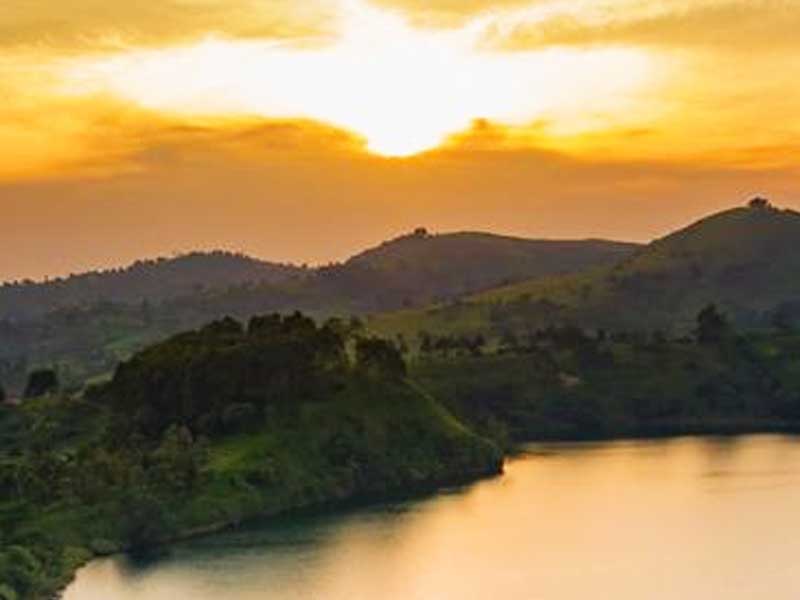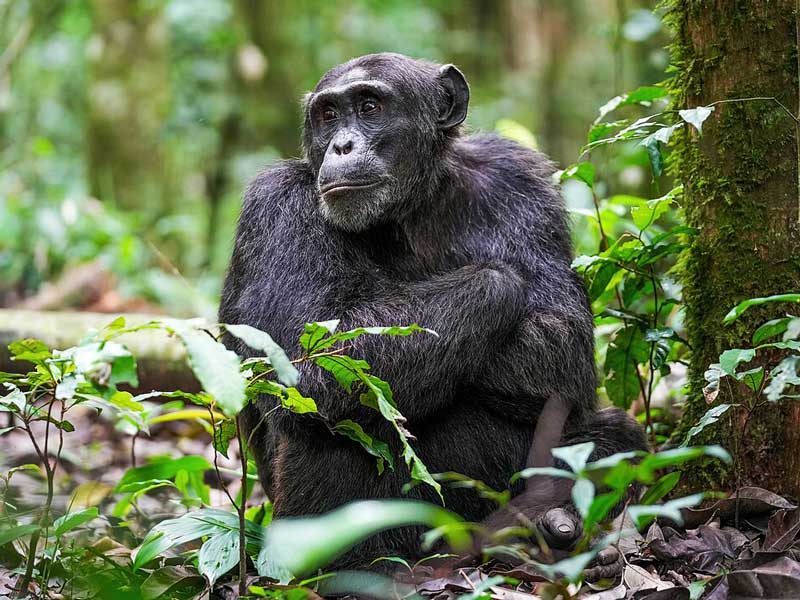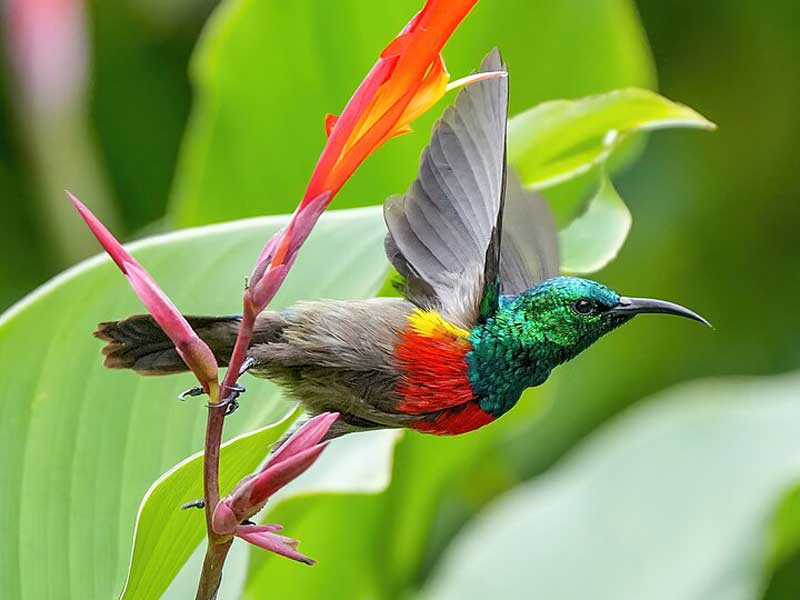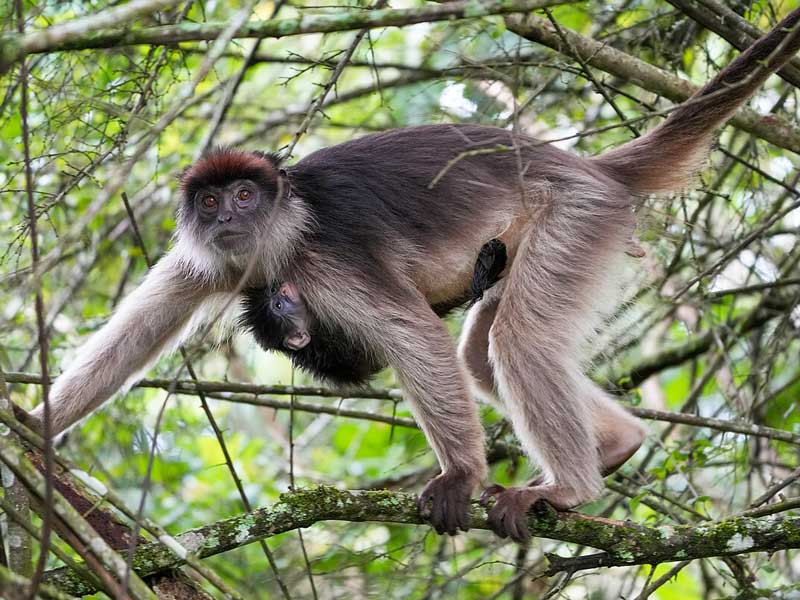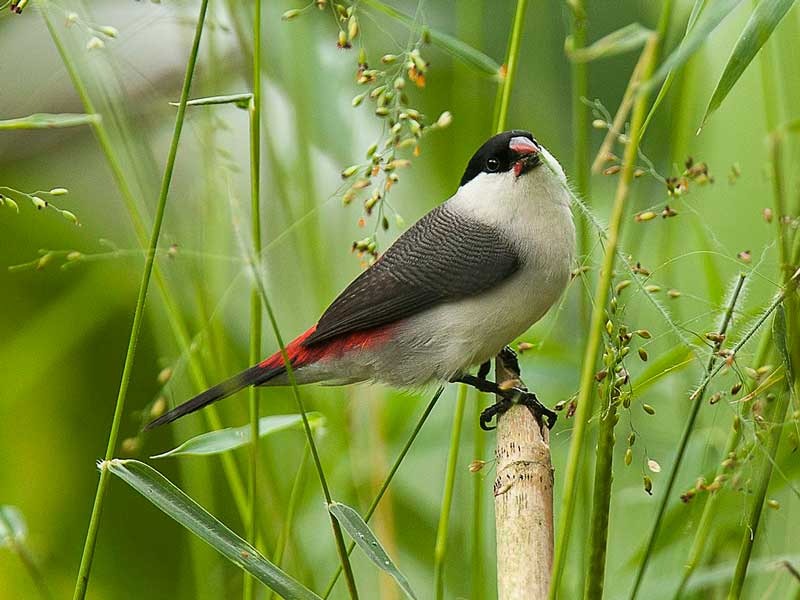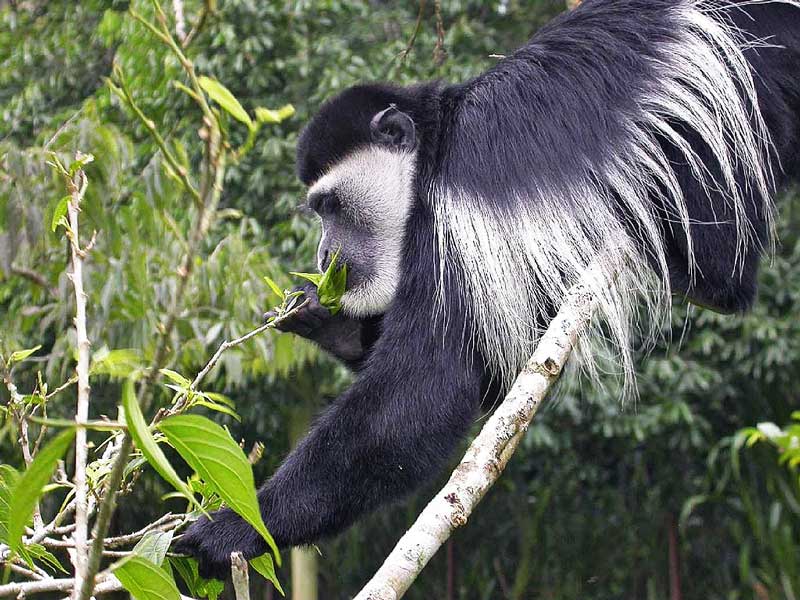Kibale National Park, located in the western part of Uganda, is often referred to as the “Primate Capital of the World.” This lush, tropical forest is home to the greatest variety and concentration of primates found anywhere on the planet.
Covering an area of approximately 795 square kilometers, Kibale is a vital component of Uganda’s natural heritage, offering visitors an unparalleled opportunity to experience the beauty and diversity of its wildlife, particularly its primate inhabitants.
A Primate Paradise
Kibale National Park is best known for its population of chimpanzees, our closest living relatives. The park is home to about 1,500 chimpanzees, making it one of the most important habitats for these endangered primates. Tracking chimpanzees is the park’s most popular activity, drawing visitors from all over the world who wish to observe these intelligent creatures in their natural environment.
Chimpanzee tracking in Kibale is an exhilarating experience. The trek usually begins early in the morning, with groups led by knowledgeable guides who are skilled at interpreting the signs of the forest—identifying tracks, nests, and vocalizations. The anticipation builds as you hike through the dense, humid forest, listening for the distinctive calls of the chimps.
When you finally encounter a group, the reward is immense. Watching chimpanzees interact—grooming each other, playing, or foraging for food—provides a profound connection to the wild and a deeper understanding of our shared evolutionary history.
But chimpanzees are just the beginning of Kibale’s primate diversity. The park boasts 13 species of primates, making it one of the most diverse primate habitats in Africa. Among them are the rare L’Hoest’s monkey, the vibrant red colobus, the striking black-and-white colobus, and the playful grey-cheeked mangabey.
These primates, along with the elusive nocturnal species like the bushbaby and potto, contribute to Kibale’s reputation as a haven for primate enthusiasts.
Rich Biodiversity Beyond Primates
While Kibale National Park is synonymous with primates, its ecological richness extends far beyond these creatures. The park’s varied habitats, which include moist evergreen forest, savannah, and wetlands, support a wide range of wildlife. Over 375 bird species have been recorded in Kibale, making it a top destination for birdwatchers.
The park is home to the African pitta, green-breasted pitta, and the great blue turaco, among many other bird species. The sheer diversity of avian life in Kibale is a delight for both amateur and professional birders.
The park’s forest also shelters a number of other mammals, including forest elephants, buffalo, and several species of antelope. Although less commonly seen due to their shy nature, these animals add to the park’s rich tapestry of life. The presence of these large mammals alongside the dense population of primates creates a unique and dynamic ecosystem.
The park’s flora is just as impressive, with Kibale boasting one of Uganda’s most diverse forest ecosystems. The towering trees, some over 50 meters tall, are draped in vines and epiphytes, creating a lush, multi-layered canopy that is home to countless species of insects, birds, and small mammals.
The forest floor is equally vibrant, with a variety of ferns, shrubs, and flowers creating a dense undergrowth that supports the park’s smaller creatures.
The Crater Lakes: A Scenic Addition
Kibale National Park is part of the larger landscape known as the Kibale-Semliki Conservation Area, which includes the famous crater lakes region. This area is dotted with beautiful, tranquil crater lakes, formed by volcanic activity thousands of years ago. These lakes, surrounded by verdant hills and forests, offer stunning scenery and opportunities for relaxation after a day of primate tracking.
The crater lakes are also culturally significant, with many local communities living around them. These communities have a rich cultural heritage and offer visitors a chance to learn about traditional Ugandan lifestyles.
Community-based tourism initiatives have been developed around the crater lakes, allowing visitors to engage with local people through guided tours, cultural performances, and craft markets. These initiatives not only enhance the visitor experience but also help support local conservation efforts and sustainable development.
Conservation and Community Involvement
Kibale National Park is a conservation success story, with efforts to protect its biodiversity dating back to its establishment as a national park in 1993. The Uganda Wildlife Authority, together with various conservation organizations, has implemented programs to safeguard the park’s rich biodiversity while also involving local communities in conservation efforts.
One of the key strategies has been promoting eco-tourism as a sustainable alternative to activities that degrade the environment, such as logging and hunting. By creating jobs and generating income through tourism, Kibale has been able to reduce the pressures on its natural resources.
Revenue from tourism is also reinvested in community projects, such as schools, healthcare, and infrastructure, creating a positive feedback loop that benefits both people and wildlife.


